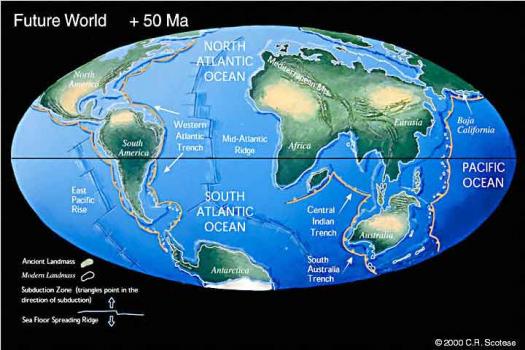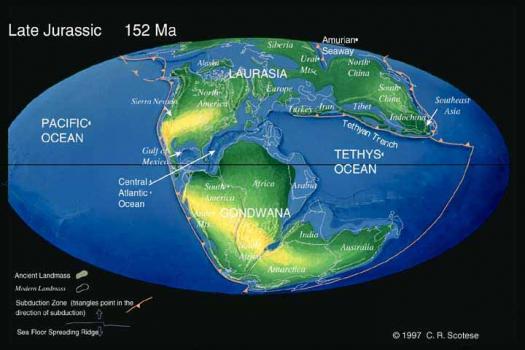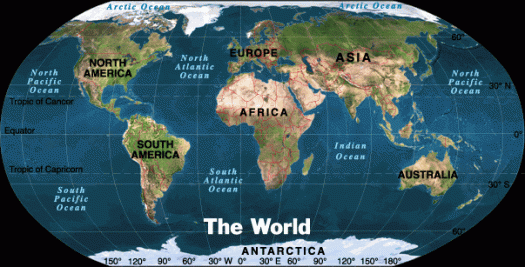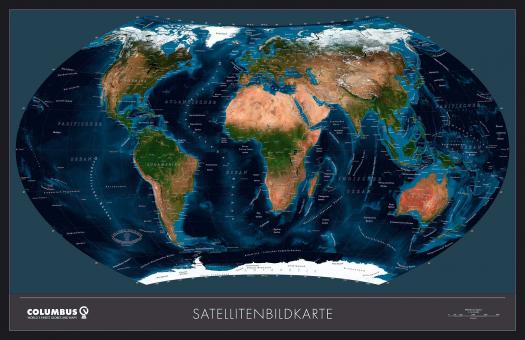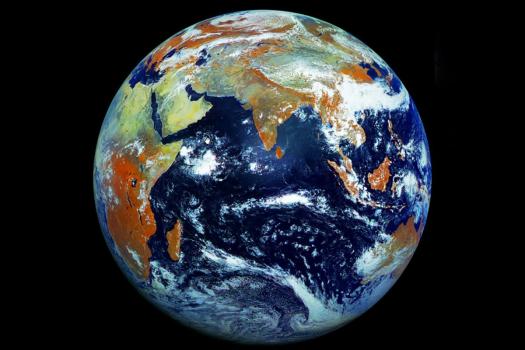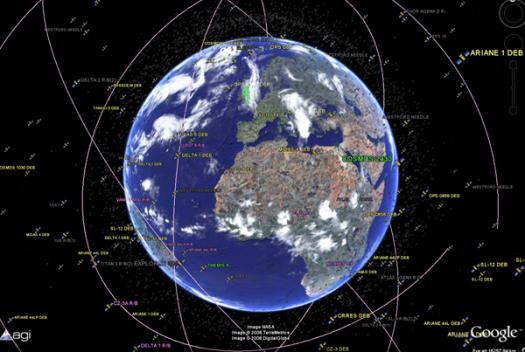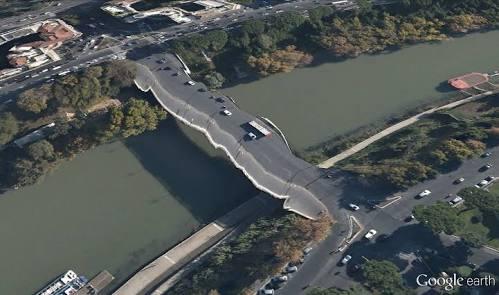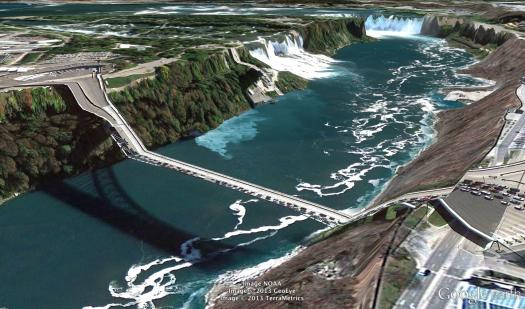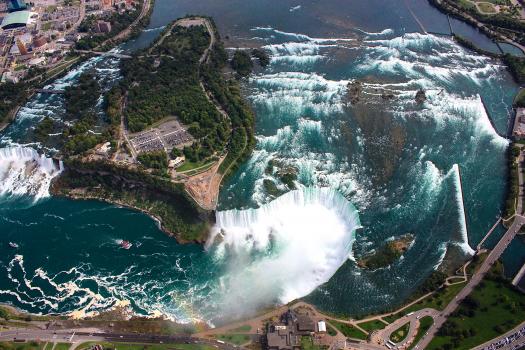How Well Do You Know Your Opera Geography?

The word "Geography" is from Greek word geograpia which literally means "Earth description", it is a field of science devoted to the study of lands, the features, the inhabitants and the phenomena on Earth, Geography is all encompassing discipline that seeks an understanding of Earth, its human and natural complexities.
- 1.
Who first use the word Geograpia?
- A.
Brainstorm
- B.
Curtis
- C.
Ganicus
- D.
Erotosthenes
Correct Answer
D. ErotosthenesExplanation
The correct answer is Erotosthenes because he is known as the first person to use the word "Geographia" in his work. Erotosthenes was a Greek mathematician, geographer, and astronomer who lived in the 3rd century BC. He is considered one of the pioneers of geography and made significant contributions to the field, including creating the first known world map and coining the term "Geographia" to describe the study of the Earth's features and phenomena.Rate this question:
-
- 2.
Geography is often define in terms of ..................... branches?
- A.
5
- B.
4
- C.
2
- D.
3
Correct Answer
C. 2Explanation
Geography is often defined in terms of two branches. This means that the subject of geography can be divided into two main categories or areas of study. These branches could refer to physical geography and human geography, which are the two primary divisions of the subject. Physical geography deals with the natural features of the Earth, such as landforms, climate, and ecosystems. Human geography, on the other hand, focuses on human activities and their impact on the Earth, including population, culture, and urban development.Rate this question:
-
- 3.
Which geography approach combine both human and physical geography?
- A.
Map
- B.
Rock
- C.
Environmental
- D.
Nature
Correct Answer
C. EnvironmentalExplanation
The correct answer is Environmental. Environmental geography combines both human and physical geography by studying the interactions between humans and their environment. It examines how human activities impact the natural environment and how the environment, in turn, influences human societies. This approach considers the physical features of the Earth, such as landforms, climate, and ecosystems, as well as the social, economic, and cultural aspects of human populations. By integrating both perspectives, environmental geography provides a comprehensive understanding of the complex relationships between humans and their surroundings.Rate this question:
-
- 4.
How many historical tradition in geography research did we have?
- A.
4
- B.
8
- C.
12
- D.
16
Correct Answer
A. 4Explanation
There are four historical traditions in geography research.Rate this question:
-
- 5.
Who are the first to explore geography as art and science?
- A.
France
- B.
Thailand
- C.
China
- D.
Greek
Correct Answer
D. GreekExplanation
The Greeks are considered the first to explore geography as both an art and a science. They made significant contributions to the field by creating detailed maps, conducting surveys, and studying the Earth's physical features. Greek scholars like Eratosthenes and Ptolemy developed the concept of latitude and longitude, and their work laid the foundation for modern geography. Additionally, the Greeks also integrated artistic elements into their maps, making them visually appealing. Therefore, the Greeks were pioneers in combining art and science in the study of geography.Rate this question:
-
- 6.
The first rigorous system of latitude and longitude lines was credited to .........................?
- A.
Anaxagoras
- B.
Hipparchus
- C.
Eratosthenes
- D.
Romans
Correct Answer
B. HipparchusExplanation
Hipparchus is credited with creating the first rigorous system of latitude and longitude lines. He was an ancient Greek astronomer and mathematician who developed a method to accurately determine the positions of celestial bodies. His work laid the foundation for modern cartography and navigation systems.Rate this question:
-
- 7.
...................... Geography deals with the study of people and their communities?
- A.
Human
- B.
Physical
- C.
Environmental
- D.
Natural
Correct Answer
A. HumanExplanation
Geography deals with the study of people and their communities, focusing on the human aspect of the subject. This includes examining how humans interact with their environment, the cultural and social aspects of different communities, and the impact of human activities on the Earth's surface. Therefore, the correct answer is "Human."Rate this question:
-
- 8.
Which year did Geomatics came to existence
- A.
Mid 1970s
- B.
Mid 1960s
- C.
Mid 1950s
- D.
Mid 1940s
Correct Answer
C. Mid 1950sExplanation
Geomatics came to existence in the mid-1950s. This field combines the principles of geography and information technology to gather, analyze, and interpret spatial data. The development of Geomatics was driven by advancements in technology, such as the invention of electronic computers and the development of satellite-based positioning systems. These innovations allowed for more accurate and efficient data collection and analysis, leading to the emergence of Geomatics as a distinct discipline in the mid-1950s.Rate this question:
-
- 9.
....................... is the name of the third hot desert in the world?
- A.
Sweden
- B.
Polar
- C.
Sahara
- D.
Molla
Correct Answer
B. PolarExplanation
The given question is asking for the name of the third hot desert in the world. The options provided are Sweden, Polar, Sahara, and Molla. Among these options, only Sahara is a hot desert and is known as the largest hot desert in the world. Therefore, the correct answer is Sahara.Rate this question:
-
- 10.
................. means lack in Latin?
- A.
Lacus
- B.
Loccas
- C.
Linka
- D.
Licca
Correct Answer
A. LacusExplanation
Lacus is the correct answer because it is the Latin word for "lake" or "pond." The word "lack" in English can be translated to "lacus" in Latin, indicating a lack or absence of water.Rate this question:
-
Quiz Review Timeline +
Our quizzes are rigorously reviewed, monitored and continuously updated by our expert board to maintain accuracy, relevance, and timeliness.
-
Current Version
-
Mar 13, 2023Quiz Edited by
ProProfs Editorial Team -
Jul 02, 2018Quiz Created by
Tunde1995
 Back to top
Back to top




